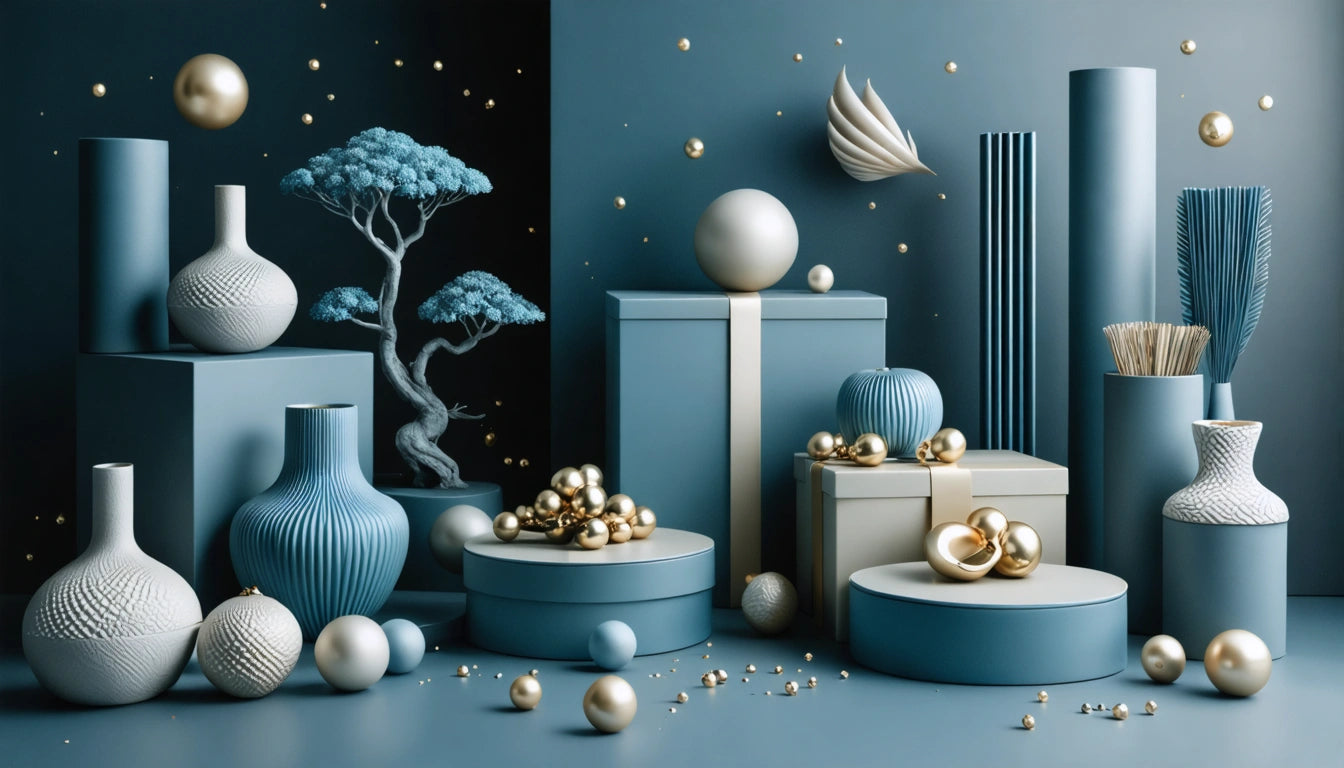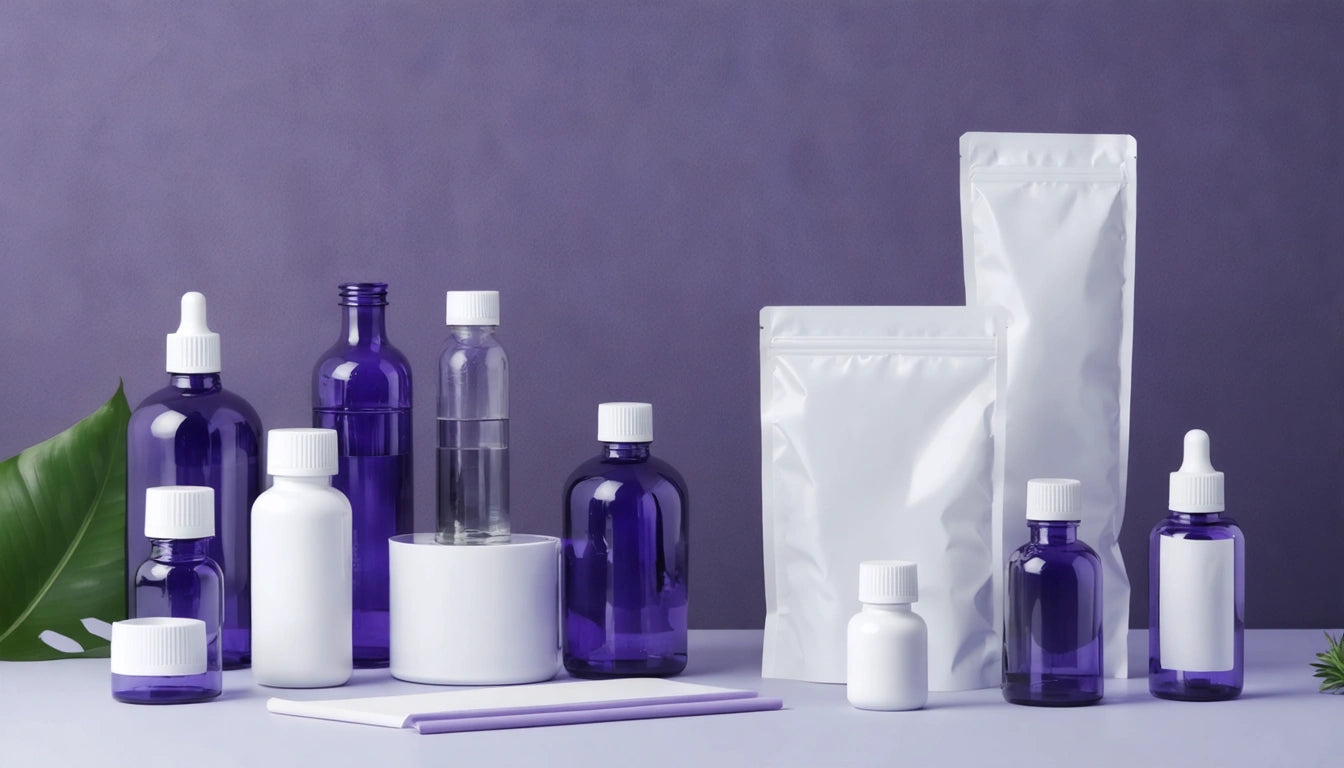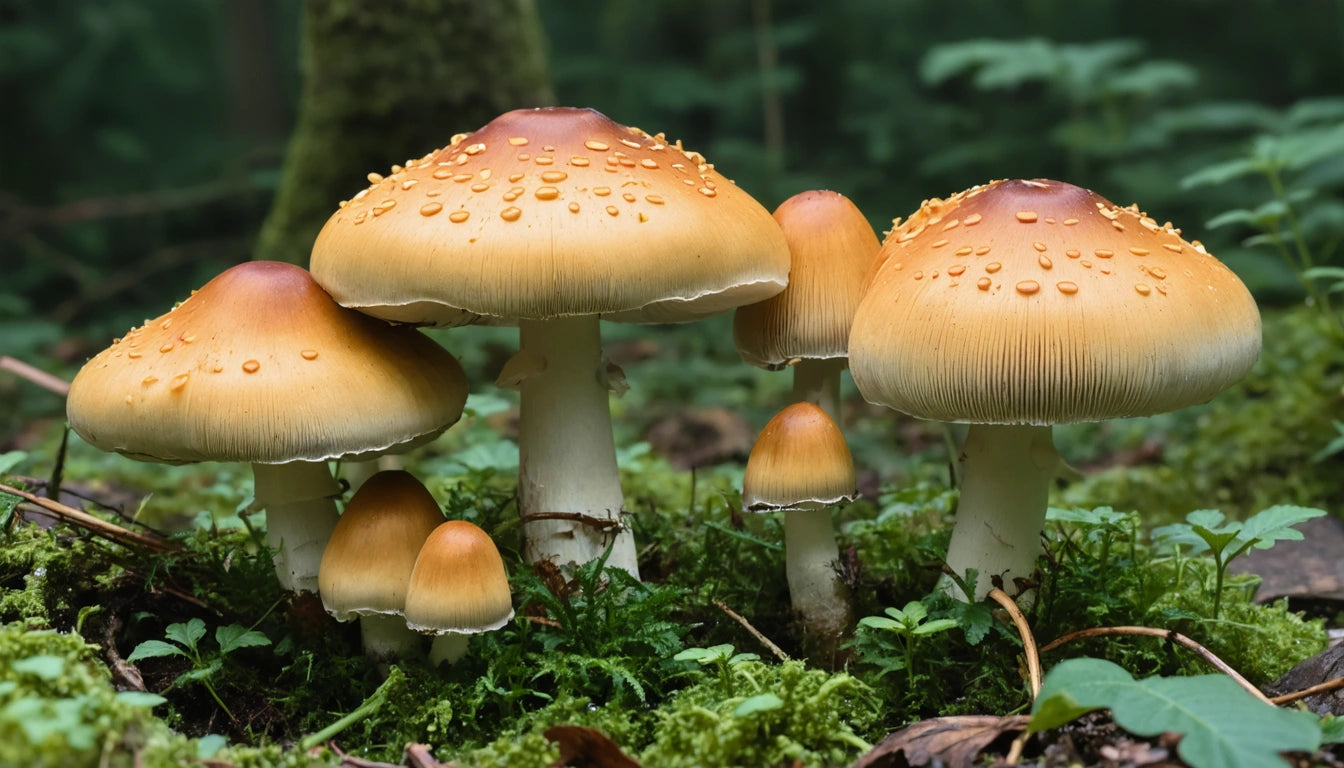Table of Contents
The Role of Texture in Luxury Packaging
Luxury packaging has evolved beyond simple protection to become a multisensory experience where texture plays a pivotal role in brand perception. The strategic use of tactile elements can elevate a product's perceived value, create memorable unboxing experiences, and establish strong brand recognition even before the product is used.
Sensory Branding Through Touch
Touch is one of our most primitive and emotionally connected senses. When consumers interact with packaging that features intentional texture, it creates a deeper connection than visual elements alone. According to research on texture in luxury packaging, brands that incorporate tactile elements see higher customer engagement and recall rates.
Texture serves multiple functions in premium packaging:
- Creates immediate quality perception
- Differentiates products on crowded shelves
- Establishes brand recognition through consistent tactile elements
- Enhances the emotional connection to the product
The physical sensation of handling textured packaging triggers neural responses that visual cues alone cannot achieve, making it a powerful tool for brands seeking to create lasting impressions.
Material Selection for Tactile Impact
The foundation of textural experience begins with material selection. Premium materials with inherent textural qualities communicate luxury without requiring additional finishes. Luxury packaging trends show that materials like soft-touch papers, natural fibers, and specialized coatings continue to dominate the high-end market.
Popular Texture-Forward Materials
Several materials have become synonymous with luxury packaging due to their distinctive textural properties:
- Soft-touch coatings that create a velvet-like surface
- Embossed or debossed papers that add dimensional texture
- Natural materials like cork, wood, and linen that offer organic textures
- Metallic finishes with subtle texture variations that catch both light and touch
Texture Techniques in Premium Packaging
Beyond material selection, several finishing techniques can enhance textural appeal. Tactile trends in luxury packaging highlight techniques that create distinctive sensory experiences:
Embossing and Debossing
These techniques create raised or recessed areas that add dimension and tactile interest. Subtle brand logos or patterns created through embossing invite touch while reinforcing brand identity.
Specialty Coatings
From soft-touch varnishes to sandpaper-like finishes, coatings can transform smooth surfaces into textural experiences. Some brands are even incorporating scented coatings that release subtle fragrances when touched, creating a multisensory experience.
Textural Contrasts
Combining different textures creates dynamic packaging that encourages exploration. For example, pairing a smooth, glossy window with a textured matte background creates an engaging contrast that guides the consumer's attention.
For brands looking to incorporate specialized textures, equipment like industrial processing equipment for cannabis products can help create consistent textural elements across packaging lines.
Balancing Visual and Tactile Elements
While texture is powerful, it must work in harmony with visual design elements. Minimal labels often enhance luxury perception by allowing textural elements to take center stage. The interplay between what consumers see and what they feel creates a cohesive brand experience.
Successful luxury packaging often follows these principles when balancing visual and tactile elements:
- Let texture speak for itself without overwhelming graphics
- Use color palettes that complement the textural experience
- Ensure textural elements enhance rather than distract from brand messaging
- Create intentional touch points that guide the unboxing experience
Texture Psychology & Consumer Perception
The psychology behind texture is fascinating and directly impacts consumer behavior. Research on texture and weight reveals that heavier, textured packaging is subconsciously associated with higher quality and value.
Different textures evoke specific emotional responses:
- Smooth, silky textures suggest sophistication and refinement
- Rough, natural textures communicate authenticity and craftsmanship
- Soft, cushioned textures imply care and protection
- Structured, geometric textures suggest precision and attention to detail
These associations can be strategically leveraged to align packaging texture with brand values and product attributes.
Implementing Texture in Cannabis Packaging
Looking ahead, luxury packaging trends for 2025 suggest that texture will continue to gain importance as brands seek to differentiate in increasingly crowded markets. Successful implementation requires thoughtful consideration of both practical and aesthetic factors.
When implementing textural elements in packaging, brands should consider:
- Production scalability and consistency across manufacturing runs
- Durability of textural elements through shipping and handling
- Alignment with overall brand identity and positioning
- Sustainability considerations for textured materials
- Cost-benefit analysis of textural investments
By thoughtfully incorporating texture into packaging design, brands can create distinctive sensory experiences that elevate perceived value and foster deeper connections with consumers. As markets become more competitive, these tactile differentiators will become increasingly important tools for luxury brand positioning.











Leave a comment
All comments are moderated before being published.
This site is protected by hCaptcha and the hCaptcha Privacy Policy and Terms of Service apply.